मगरहरु को कल्चरल
 Magar is one of the indigenous ethnic nationalities of Nepal. It is one of the bravest communities with its own ancient rich culture. The regions that the Magar tribe inhabit are the destricts of Palpa, Gulmi, Argha khanchi, Syangja, Baglung, Parbat, Myagdi, Tanahun, Gorkha, Nawalparasi, Rupandehi in the Western region, Rolpa, Rukum, Dolpa, Dailekh, Jajarkot, Pyuthan in the Mid-Western region and Ilam, Taplejung, Dhankuta, Sunsari, Sarlahi, Okhaldhunga in the Eastern region. Besides these areas there are small pockets of Magars spread out in the regions of the hot tarai both east and west, and also in the hills and the areas around the Central region of Nepal. Magars follow Buddhism with priest called Bhusal, the social process of Sanskritization has drawn some southern Magar population to develop a syncretic form of Hinduism that combines animist and Buddhist rituals. Under the main ones beings Ale, Thapa, Pun and Rana. There are more than 700 sub THARS (family names) of Magar.
Magar is one of the indigenous ethnic nationalities of Nepal. It is one of the bravest communities with its own ancient rich culture. The regions that the Magar tribe inhabit are the destricts of Palpa, Gulmi, Argha khanchi, Syangja, Baglung, Parbat, Myagdi, Tanahun, Gorkha, Nawalparasi, Rupandehi in the Western region, Rolpa, Rukum, Dolpa, Dailekh, Jajarkot, Pyuthan in the Mid-Western region and Ilam, Taplejung, Dhankuta, Sunsari, Sarlahi, Okhaldhunga in the Eastern region. Besides these areas there are small pockets of Magars spread out in the regions of the hot tarai both east and west, and also in the hills and the areas around the Central region of Nepal. Magars follow Buddhism with priest called Bhusal, the social process of Sanskritization has drawn some southern Magar population to develop a syncretic form of Hinduism that combines animist and Buddhist rituals. Under the main ones beings Ale, Thapa, Pun and Rana. There are more than 700 sub THARS (family names) of Magar.According to Nepal’s 2001 census 1,622,421 people (excluding Magars living abroad) identified themselves as belonging to the Magar ethno linguistic group representing 7.4% of Nepal population and making them the largest indigenous ethnic group in the country. It is estimated that there are 5 million Magars around the world today.
In the past Magars had their own small states called Chaubise raja or Bahar Magarant and Ath Magarant. They also played vital roles on making of today’s great Nepal. Despite their glorious history and legend Magars are lagging behind in the socioeconomic and political strata of Nepal, which is an effect of Sanskritization or “Braman Bad”
With its own script called “AKHA LIPI” Magar language has four dialects which marginally differ in some aspects to each other its because according to the places into which they were drifted apart from other groups and were in isolation for long time during the course of the history. This language is rooted in the Tibeto-Barman family.
Medium built, wheatened in complex oval or round face, black hair, razor cut eyes generally describes the physiques of Magars in nature they are cheerful, peace loving kind hearted, gentle honest and brave people. During their leisure or at the time of festival they like to be involved in merry making by singing and performing their traditional dances like Sorathi, Ghantu, Jhyaure, Dohri, Rodhi, Kaura Chutka. Salaijo and many more.Magars traditionally engage in subsistence, agriculture, pastoralism craftsmanship, hunting and fishing. However these days Magars are also in the field of other professions like medicine, education civil services, laws, journalism, development, aviation and politics. The Magars are prominently represented in Nepal’s military as well as in British and Indian Gurkha regiments along with the Gurung, Rai and other martial ethic groups from the hills of Nepal.
Magars are spread not only within Nepal but also in other neighboring counties of Nepal like Bhutan, Burma, and Bangladesh and in Deharadun Darjeeling Sikkim, Assam Nagaland and Bhaksu in India. Further away- today Magars are also settled or are they’re for study or other work related purposes in many other countries of the world. Similarly many Magars associations are formed with common goals of bonding themselves well, and keeping coordinal social relation with other communities in order to preserve and promote their culture, tradition and language back alive for the sake of their identity



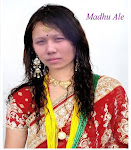
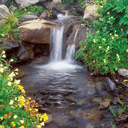


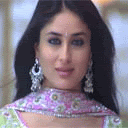


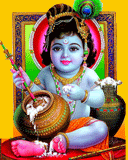





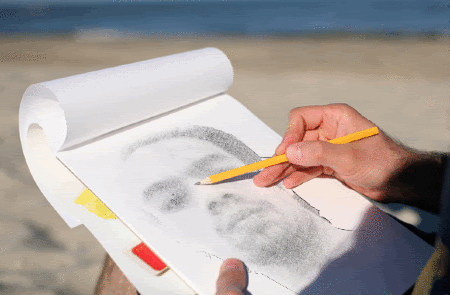

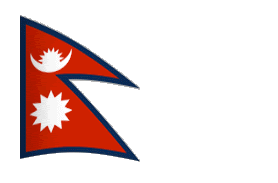



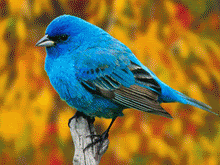




.jpg)


Post a Comment